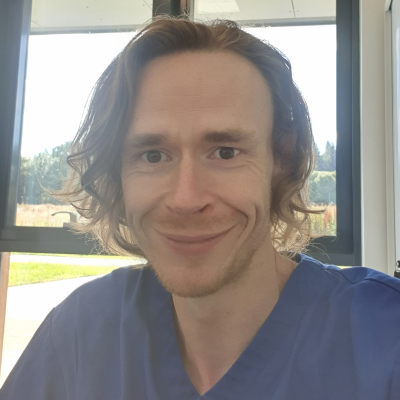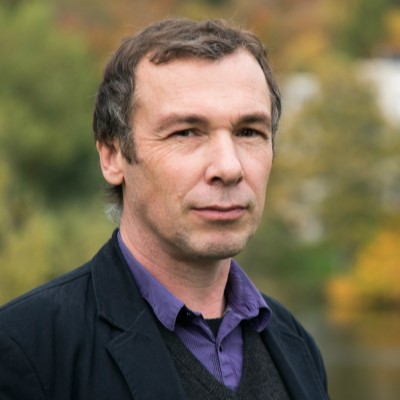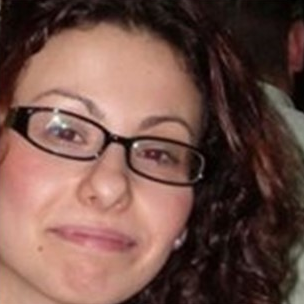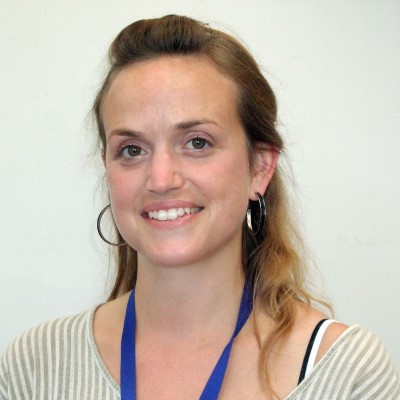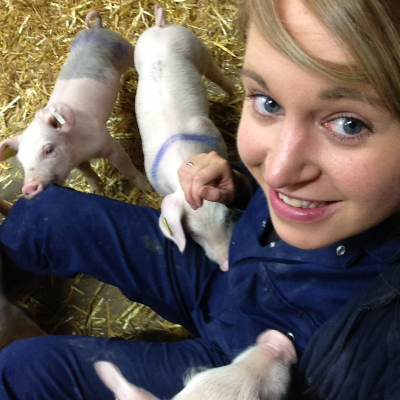CIEL | Meet the Scientist
Dr Mark Gray
Senior lecturer in large animal research surgery

What project/s are you currently working on?
My current area of research is focusing on a disease that causes serious animal welfare and economic issues for virtually all sheep producing countries throughout the world. Ovine pulmonary adenocarcinoma (OPA) is an infectious, fatal, neoplastic lung disease of sheep that is caused by infection from the jaagsiekte sheep retrovirus (JSRV). OPA has traditionally been considered to be a slow progressive disease, with clinical cases typically seen in older animals; however, the disease (from initial infection to the development of clinical signs) may also take a more rapid course. Unfortunately, as there are no accurate diagnostic tests for the disease, it is difficult to develop OPA control methods or eradication programmes. In order to develop control programmes, I am currently investigating at which point in the disease process does a JSRV-positive animal become infectious to the rest of the flock.
I continue to focus my research on One Health concepts and translation, and I am currently investigating how OPA can be used as a model of human lung cancer. Focusing my research on delivering benefits for both veterinary species and human patients is what drives my enthusiasm for science.
What capability are you drawing on to deliver the research?
I work within a multidisciplinary group of scientists, veterinary surgeons and virologists. Together, we aim to advance the understanding of OPA biology, JSRV infection epidemiology, disease diagnosis and host-pathogen interactions.
While our research group has worked on OPA for over 20 years, our current studies would not be possible without the use of the excellent facilities at the Large Animal Imaging and Research Facility (LARIF), co-developed by the University of Edinburgh and CIEL with support from Innovate UK.
Thoracic imaging in particular plays a significant role in our research and we are able to use the in-house CT scanner and image analysis software present at LARIF. We also draw upon the excellent technical expertise of senior research technicians, radiographers and anaesthetists at LARIF, all of whom allow studies such as mine to be completed to the highest of standards.
What would be your ideal research project assuming no barriers to resources?
My ‘ideal’ research project would have to include collaborations and multidisciplinary teams which incorporate translational and One Health research ideas. These concepts have been important aspects of my work, which I have continued to develop ever since my PhD.
Our current research will ultimately require us to recruit sheep farms to either help validate our results in the field or implement suggested OPA control measures. Although we work closely with local farmers, national and even international collaborations with sheep farmers would provide a wealth of opportunities. Setting up these types of projects takes time and resources. An important consideration is that although OPA is an important disease throughout the world, OPA control measures may ultimately differ depending on national and regional sheep farming practices. These issues could be considered with international collaborations.
How did you arrive at doing what you do now?
My family were farmers in East Yorkshire; growing up in a farming environment developed my interest in livestock species and in diseases that affect them. I qualified as a veterinary surgeon from the University of Edinburgh in 2004 and, like most newly qualified vets, I had aspirations of mixed practice veterinary life and maybe owning my own business. However, after completing the Royal College of Veterinary Surgeons surgical exams and working in orthopaedic referral practice, I fancied a change.
Coming back to the University of Edinburgh to do a Masters by Research and then a PhD in oncology at the Roslin Institute gave me the opportunity to work with different groups, form collaborations and develop my own research interests.
I have now become a senior lecturer in large animal research surgery at the Royal (Dick) School of Veterinary studies. My job has varied roles in which I teach surgical skills to undergraduate veterinary students, act as principal investigator on my own research projects and conduct surgical procedures for other groups at LARIF.
What has been the most rewarding project you have worked on?
The research projects currently being conducted at LARIF are definitely the most rewarding ones that I have worked on up to now. As principal investigator for these projects, I have been able to develop my management skills, form the research questions that need answering and plan the experiments themselves. I have been able to foster international collaborations between veterinary and medical scientists in a way that I hope will lead to advancements in the treatment and management of both OPA and human lung cancer.
Our results thus far have provided insight into how fast OPA tumours can develop post-JSRV infection, and at what stage these infected animals could become infectious to their flock makes. As with any research programme, our results are guiding us to develop new research areas which we will endeavor to investigate in the coming years.
Find out more about the research capability available with LARIF
